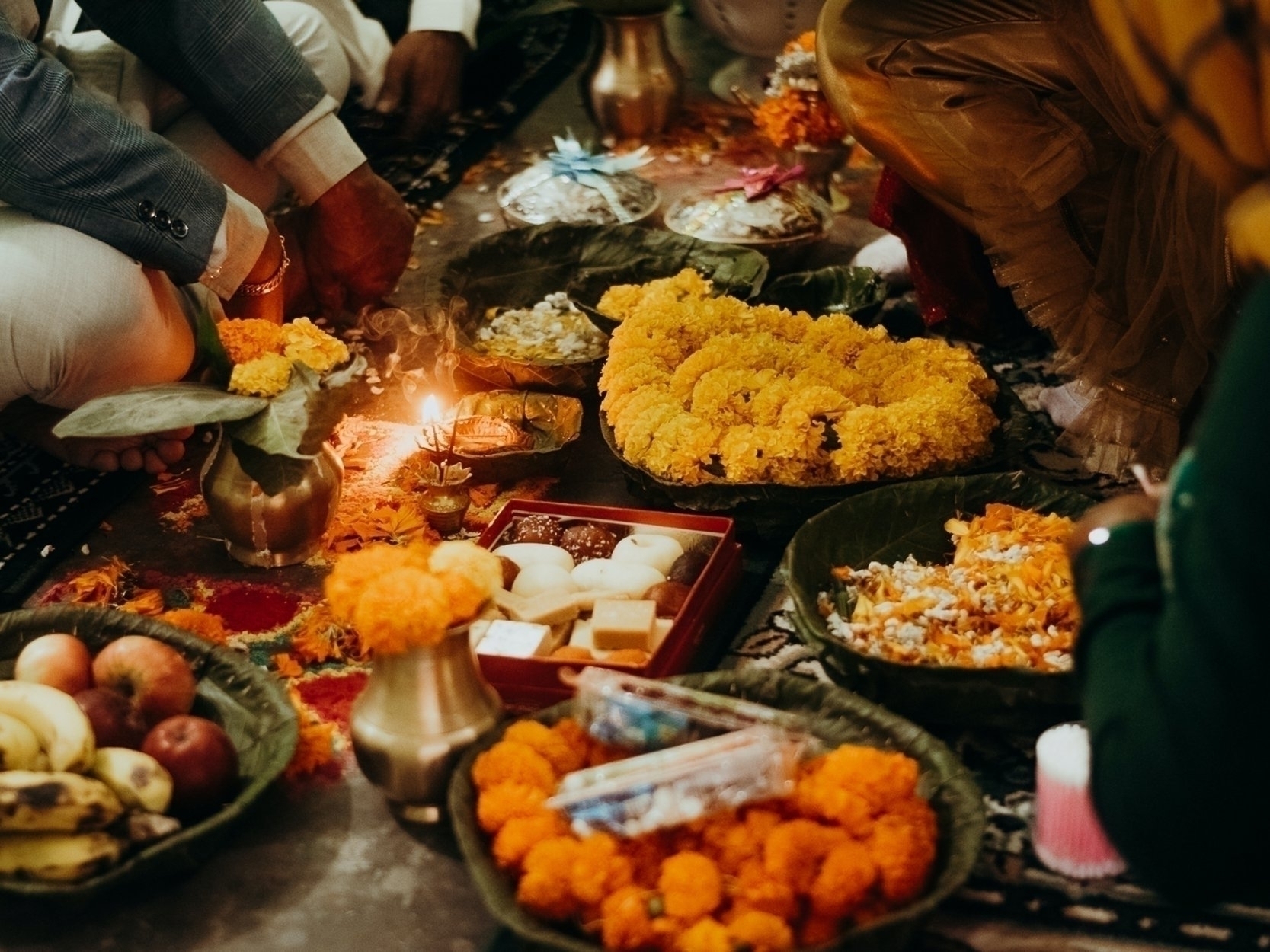
In the lap of Himalayas of Nepal, the colorful festival of Tihar, also known as Yamapanchak or Deepawali as well as "The Festival of Lights" among tourists - lights up the spirit of communities, celebrating an age-old tradition with enthusiasm, happiness, and joy. This vibrant festival spread across five days, holds a special place in the hearts of Nepalese people, symbolizing the triumph of light over darkness, good over evil, and knowledge over ignorance.
As the chilly winds of autumn signal the arrival of Tihar,
streets, and homes across Nepal transform into a canvas of vibrant decorations.
The festival is dedicated to different components of nature, including crows,
dogs, cows, and oxen, each of which holds special significance in Hindu
mythology. Each day is dedicated to honoring and worshiping these animals,
acknowledging their roles in human lives and the ecosystem.
Tihar's essence lies in the vivid display of lights adorning homes and public spaces. Oil lamps, candles, and colorful lights illuminate the surroundings, creating a mesmerizing spectacle. The decorations extend to beautiful Rangoli patterns adorning doorsteps, signifying a warm welcome to the deities and guests.
Another interesting part of Tihar is the tradition of making intricate designs like mandalas, from grains and flower petals, known as "rangoli"." These designs symbolize the welcoming of the deity of wealth and prosperity, the goddess Laxmi.
Each day of Tihar holds its rituals and significance. On
the third day, Laxmi Puja takes center stage, where families gather to worship
goddess Laxmi, (Cow is a symbol of the goddess Laxmi) seeking blessings for prosperity and well-being.
The exchange of blessings, delicious feasts, and the age-old practice of gambling
on this day are symbolic of inviting wealth and fortune into one's life.
The festival begins with the worship of crows, believed to be messengers of death in Hindu mythology. People offer food to crows and pray for the well-being of their families.
On this day, dogs are revered for their loyalty and companionship. They are garlanded with marigold flower garlands, painted with red tika on their foreheads, and offered delicious treats.
Cows, considered sacred in Hinduism, are honored with elaborate decorations and rituals. They are adorned with colorful clothing and ornaments, and their hooves are painted with bright colors. People express gratitude to cows for their role in providing milk and sustenance.
The most important day of Tihar is dedicated to the worship of Goddess Laxmi, the deity of wealth and prosperity. Homes and businesses are thoroughly cleaned and illuminated with oil lamps and candles. Intricate rangoli patterns are created at the entrances to welcome the goddess. Families perform a special puja (ritual), and offerings are made to the Goddess Laxmi in the hope of receiving her blessings for peace and prosperity.
On this day, the oxen, who play a crucial role in farming and agriculture, are worshipped. They are decorated and fed well to ensure a good harvest in the coming year.
Mha Puja means "worship of self" in the Newari language and is celebrated by the Newari community in Nepal. It is dedicated to self-worship, a celebration of the spirit, acknowledging and honoring oneself as the source of strength and existence.
The day when the love and bond between brothers and sisters are celebrated. Sisters perform special rituals to bless their brothers, wishing them long, healthy, happy, and prosperous lives. This day marks the strengthening of familial ties and the importance of love and support among siblings.
Tihar is not only a festival; it's a reflection of Nepalese culture, traditions, and values. It's a time for communities to come together, help each other, strengthen bonds, and celebrate the beauty of life.
Tihar, with its unique blend of spirituality, culture, and traditions, continues to be a time of immense significance and celebration for the people of Nepal, embodying the essence of unity and festive cheer.

